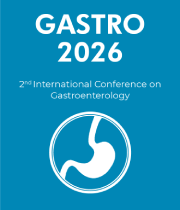Gallbladder removal and its consequences
Gallbladder removal, or cholecystectomy, is a surgical procedure that removes the gallbladder from the body. The gallbladder is a small organ located in the upper right abdomen that stores bile, a fluid that helps the digestive process. The procedure is usually done to treat gallstones, which are hardened deposits of bile that can form in the gallbladder and cause severe abdominal pain. Gallbladder removal is a relatively common procedure and usually has a low risk of complications. However, there are some potential risks and side effects associated with the procedure. These include infection, bleeding, and damage to the bile ducts. The most common long-term side effect of gallbladder removal is diarrhea. This occurs because the bile that was stored in the gallbladder is no longer available to help digest fatty foods. Without bile, the intestines are unable to break down fats, which can lead to excess water in the stool, resulting in diarrhoea. Other potential long-term consequences of gallbladder removal include weight gain, malnutrition, and an increased risk of developing gallstones in other organs, such as the liver. Gallbladder removal may also cause changes in the way the body absorbs and processes certain medications. If a patient is taking any medications, the doctor should be consulted before and after the surgery to ensure that the medications are still working properly. In most cases, gallbladder removal is a safe and relatively straightforward procedure that can provide relief from gallstones and abdominal pain.



